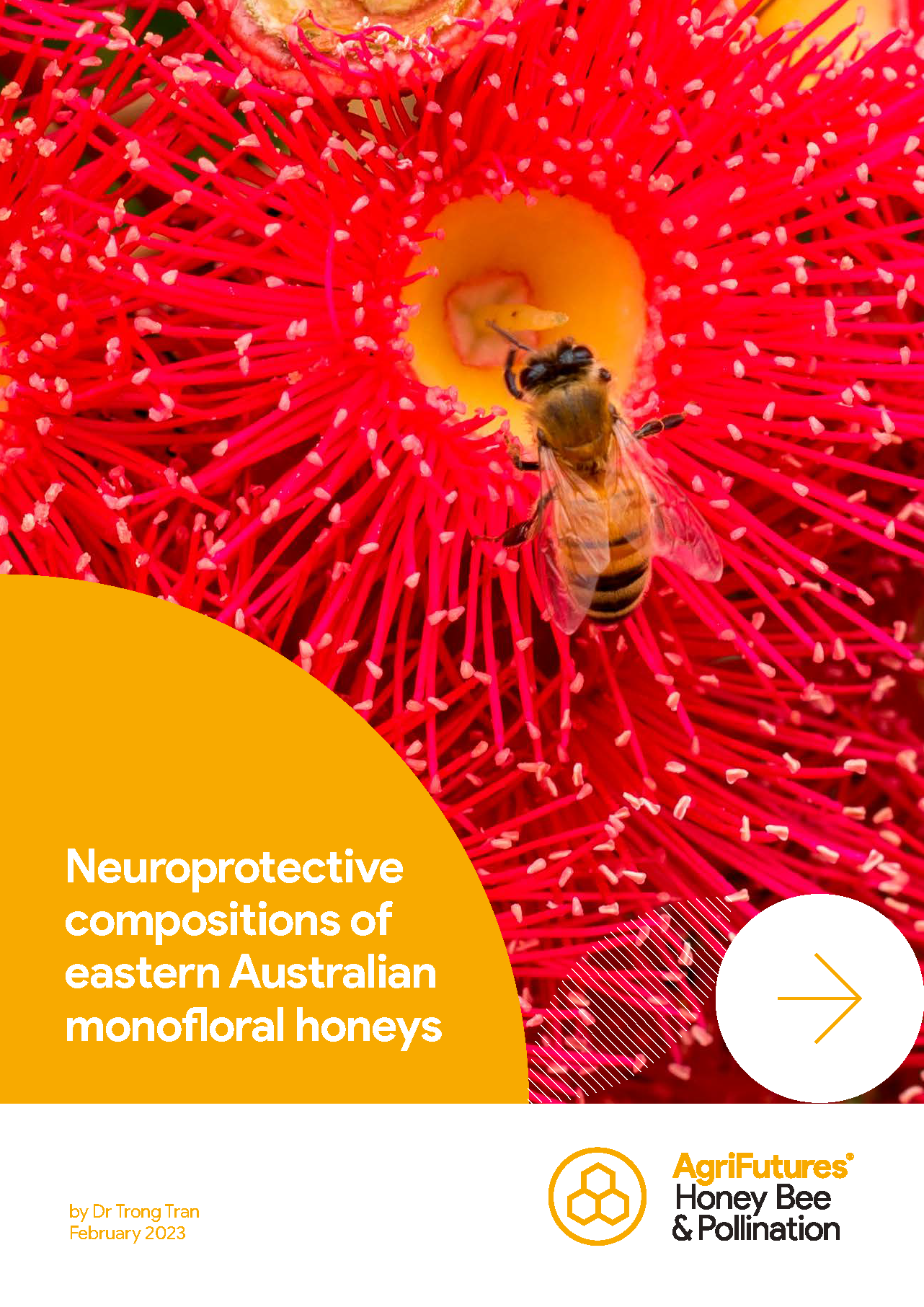The antimicrobial and anti-fungal properties of honey are well-known in both modern and pre-modern medicine. However, we are only just starting to understand what aspects of honey are responsible for this activity, and that there are many different aspects of honey that may help humans in other ways.
Australia is known internationally has having some of the most unique monofloral honeys in the world. This is due to the diversity of floral resources available to honey bees in the country. One of the most common floral resources is the eucalyptus tree and honeys produced from bees’ use of different eucalyptus species are known to vary.
Understanding whether various eucalyptus honeys exhibit antioxidant, antimicrobial and anti-inflammatory properties will allow us to consider honey compounds as treatments for a range of diseases. This research investigated 33 monofloral honey samples from New South Wales and Queensland to determine whether they exhibit these properties, and whether they break down acetylcholinesterase, a target enzyme during treatment of Alzheimer’s disease.
This research identified Gum Top Box honey and Silver Leaf Ironbark honey as having potential neuroprotective activity. This research has demonstrated Australian monofloral honeys contain properties that could help with treating Alzheimer’s disease, but further research is required to understand how they could be used in medicine.





